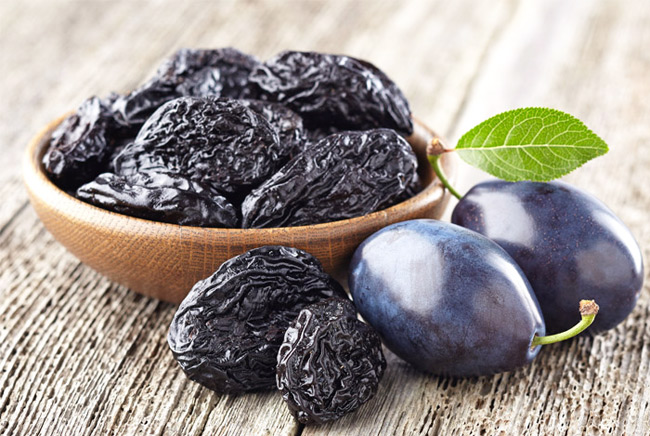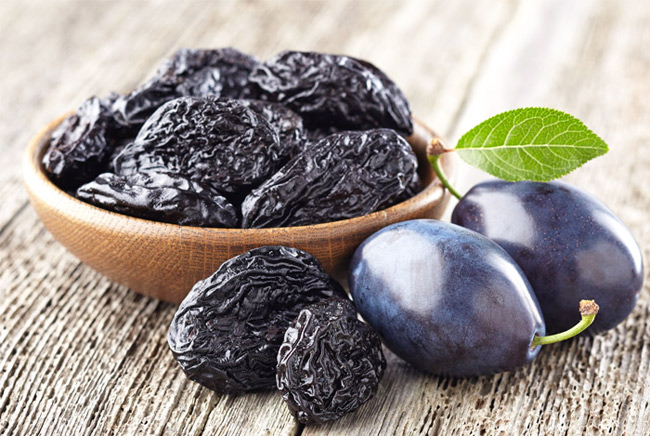
Stone fruits have bioactive compounds that can potentially fight off obesity-related diabetes and cardiovascular disease, according to a new study by Texas Agrilife Research.
Blood pressure, heart function, liver structure and function, hormone changes, the obesity, all of these come back to normal, despite this incredible junk food diet by including plums in your daily diet.
Four compounds in the fruit – anthocyanins, clorogenic acids, quercetin derivatives and catechins – work simultaneously on different cells. These include fat cells, macrophages, which digest cellular debris and germs, and vascular endothelial cells, which line the entire circulatory system to filter fluids and regulate hormones.
Stone fruits have bioactive compounds that can potentially fight off obesity-related diabetes and cardiovascular disease, according to a study by Texas Agrilife Research (June 19, 2012)
Health Benefits
- One medium-sized fresh plum contains 113 mg of potassium, a mineral that helps manage high blood pressure and reduce stroke risk.
- Dried plums are a tried-and-true way to help your bowel do its work (each prune has one gram of fibre). Eat them as is, or make a batch of softened prunes to keep in the fridge to have with granola and yogurt: Soak a few handfuls of prunes in freshly boiled water, cool and store in a covered jar in the fridge.
- According to the Dietitians of Canada, plums rank low on the glycemic index, which means eating them can help you control your blood sugar and reduce the risk of type 2 diabetes.
- Researchers from Florida State and Oklahoma State universities tested two groups of postmenopausal women over the span of 12 months for bone density. One group ate 100 grams of prunes per day (about 10 prunes); the other ate 100 grams of dried apples. Both groups took calcium and vitamin D supplements. The findings indicated that the prune group had substantially higher bone mineral density in the spine and forearms.
- Eating three to four antioxidant-rich prunes a day can help neutralize cell-damaging free radicals that affect your memory? Now that’s sharp snacking!
- Protect against cancer and cell damage by cleaning up harmful free radicals thanks to anthocyanins, the reddish-blue pigment in some plums.
- Fresh plums, especially yellow Mirabelle type, are a moderate source of vitamin A and beta-carotene. Vitamin A is essential for good eye sight. It is also required for maintaining healthy mucusa and skin. Consumption of natural fruits rich in vitamin A has found to protect from lung and oral cavity cancers.
- In addition, the berries are a moderate sources in B-complex groups of vitamins such as niacin, vitamin B-6, and pantothenic acid. These vitamins acts as cofactors help the body metabolize carbohydrates, protein and fats.
Serving Tips:
- Plum sections are a great addition to salads.
- The fruits are being used in the preparation of pie, desserts, jams and jellies.
- They can also be used in a variety of recipes and are usually baked or poached.
- Dried plums in general known as prunes can be added to muffins, cakes, ice-creams, etc., as in other dry fruits like raisins, apricots and figs.
For Recipes, click here
